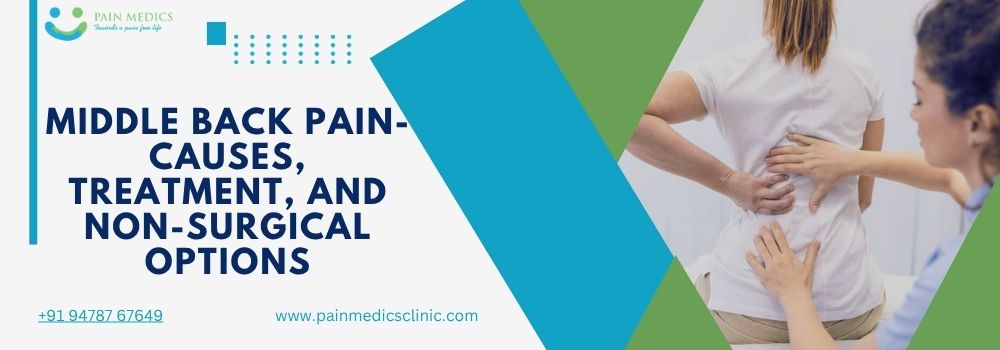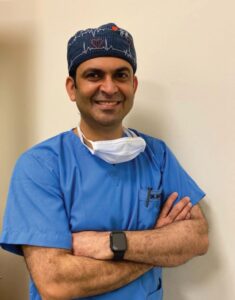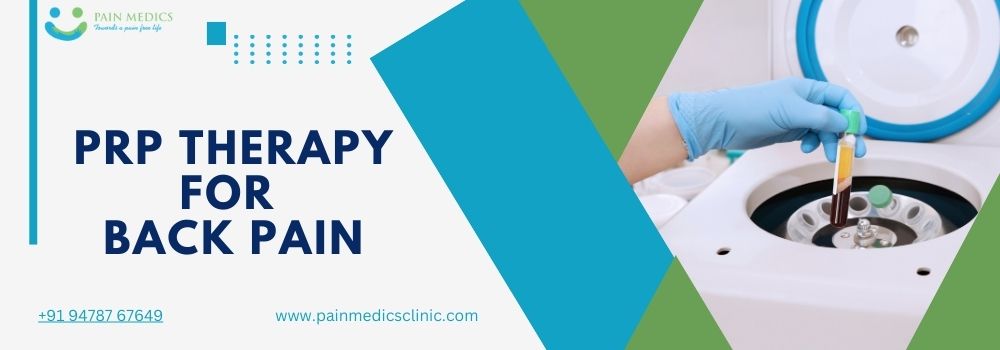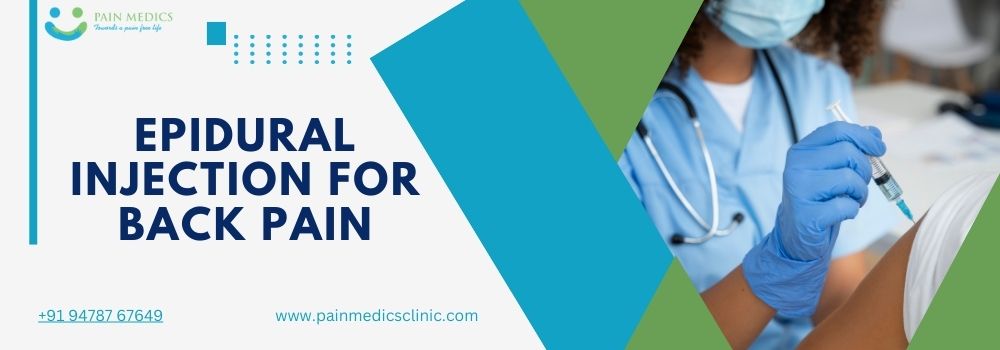Middle Back Pain, while less frequently mentioned than lower back pain, is an important health issue impacting many people. Recognising its anatomy, potential causes, and related symptoms is vital for effective treatment. Middle Back Pain is often neglected in conversations about spinal discomfort, and is a common problem that can interfere with daily activities. Various conditions lead to mid-back pain, including trigger points, facet joint arthritis, nerve-related issues, and troubles associated with the scapula.
Anatomy of the Middle-Back
The Middle Back, referred to as the thoracic spine, is made up of twelve vertebrae (T1-T12) and is essential for offering stability and safeguarding vital organs such as the heart and lungs. In contrast to the lumbar spine’s flexibility and the cervical spine’s range of motion, the thoracic spine has a restricted range of movement due to its structural design, which involves the connection of ribs to each vertebra.
Causes of Middle Back Pain
There are many reasons for suffering from middle back pain. If one knows these causes, one can prevent middle back pain. Some of these causes are as follows:
- Poor Posture: Those who tend to have bad posture and slouch or lean forward usually experience mid-back pain because of the excess pressure put on their thoracic spine.
- Overuse and Strain: Those who work with repeated or prolonged movement of the mid-back, be it heavy lifting or sitting at a computer for a long time, stress the muscles and ligaments in that region, causing pain.
- Ageing: The degenerative changes occurring in ageing, with the main ones being the degeneration of spinal discs and joints, cause mid-back pain.
- Medical Conditions: Some medical conditions, osteoporosis, tuberculosis of the spine, scoliosis, and kyphosis, can affect the alignment and stability of the thoracic spine to cause mid-back pain.
- Trauma: Incidents, falls, or direct injuries to the mid-back region can cause fractures or other damage, resulting in acute and chronic pain.
Related Post: Simple Back Pain Exercises for Instant Pain Relief
Symptoms of Middle Back Pain
Several symptoms occur if one is suffering from middle back pain. Patients must be aware of these symptoms. Here are the symptoms that one observes during middle back pain:
- Localised Discomfort: One may often observe discomfort or aching pain in the upper or central part of the back.
- Stiffening: A Feeling of stiffness in the mid-back region, especially if one is sitting still for a very long time.
- Restricted Movement: Middle-back pain may really compromise the range of motion and thus might hinder the performance of some activities.
- Radiating Pain: At times, the pain that emanates from the middle back area can have a path to the chest or abdomen and sometimes even down the arm, in other words, mimicking another disorder. </span>
- Muscle Tension: Pain arises from muscle tightness or muscle strain in the mid-back area and intensifies the active pain felt.
- Numbness and Tingling: Patients might feel numbness as well as tingling or a pins-and-needles sensation in the same areas of the mid-back. </span>
- Breathing Problems: Severe, especially those associated with scoliosis. Pain might lead to some disruptions in the proper pattern of breathing due to the fact of its close position to the ribs and chest.</span>
Non-Surgical Options For Middle Back Pain
Most instances of back pain improve within a month with home treatments, particularly for individuals under 60 years old. Nevertheless, for some, the discomfort persists for several months. In such cases, it may be worth exploring Non-Surgical Options for Middle Back Pain.
- Trigger Point Injections: These injections involve injecting a local anaesthetic or corticosteroid just into the trigger point to relieve pain and muscle tightness. They produce very localised relief and prevent further pain cycles from forming due to the trigger points.
- Facet Joint Injections: Mid-back pain may be due to facet joint arthritis, so these injections can help relieve such pain. These injections relieve pain and swelling by injecting a combination of anaesthetic and anti-inflammatory medication into the affected joint.
- Nerve Blocks: Under anaesthetic or anti-inflammatory medications, medicines are injected around the specified nerve or nerve bundle that kill or stop the pain signals. Temporary relief and diagnosis of nerve-related pain are two benefits of nerve blocks.
- Scapular Injections: For mid-back pain related to the scapula, injections into affected muscles help relieve the pain. These injections relax those muscles that are tight and correct imbalances contributing to the pain.
- Pulsed Radiofrequency: Pulsed Radiofrequency Denervation is highly analgesic in a majority of patients with Intercostal Neuralgia. Surgically, some major disc herniations or vertebral fractures might have to be addressed.
What To Do for Middle Back Pain
- Seek Expert Help: If one experiences ongoing mid-back pain, it’s important to consult a healthcare professional to accurately determine the cause. </span>
- Assessment: Participate in comprehensive diagnostic procedures, such as X-rays and MRIs, if necessary, to accurately identify the source of the mid-back discomfort. </span>
- Care Plan: Collaborate with the healthcare provider to develop a tailored treatment strategy based on the findings, which may include non-surgical injection therapies. </span>
- Rehabilitation: Enhance the benefits of injections by integrating physical therapy to correct muscle imbalances or posture-related issues.
- Healthy Habits: Adopt ergonomic techniques, improve posture, and engage in exercises to help manage and prevent mid-back pain.







